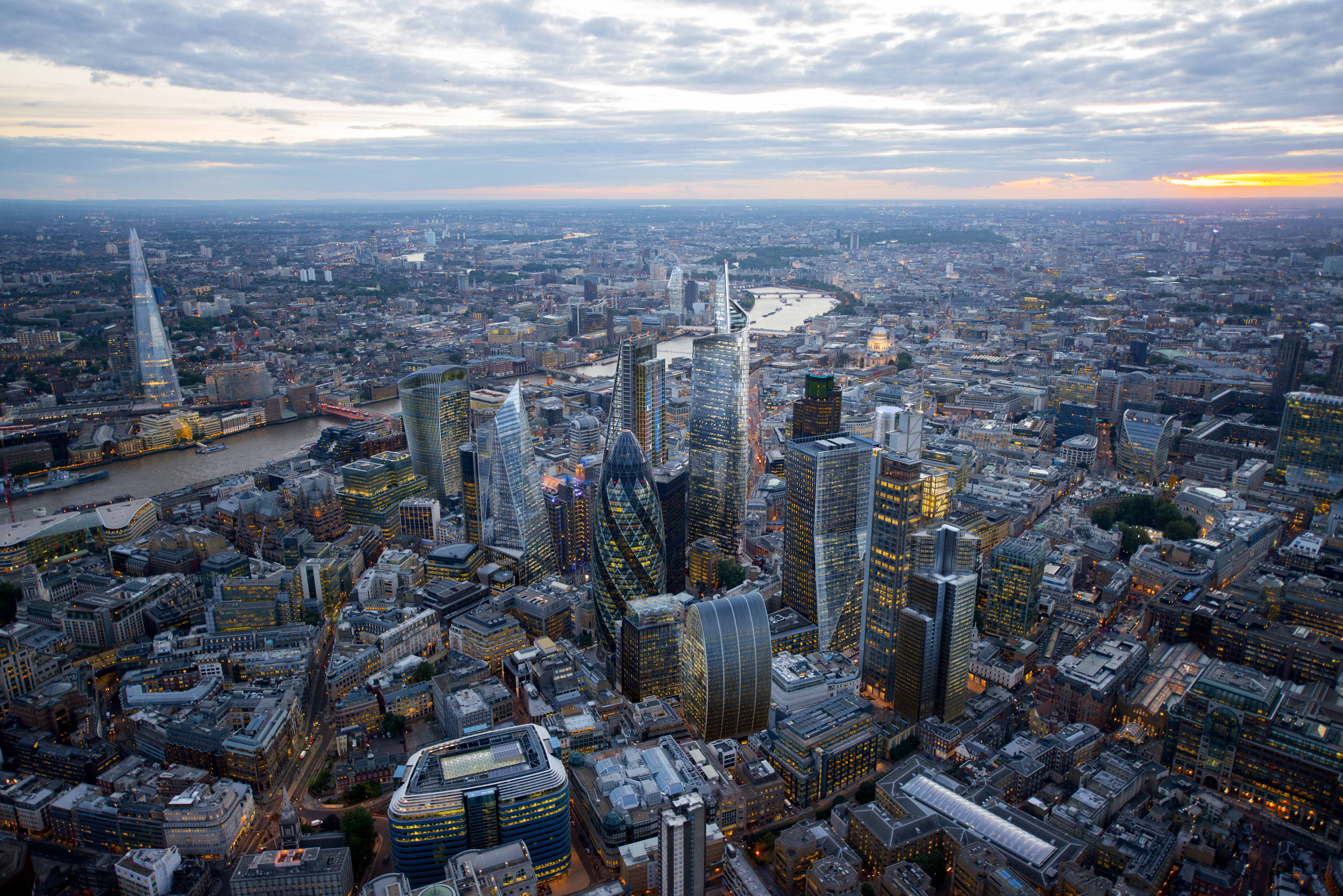The think tank New London Architecture (NLA) has released the results of an independent survey to uncover the number of towers planned for the capital and how this will affect the people who live and work in the city.
As part of a major NLA Insight Study into the past, present, and future of tall towers in the capital and NLA exhibition London’s Growing Up!, which opens next month, the survey by GL Hearn has found at least 236 tall buildings over 20 storys are currently proposed, approved, or under construction in London, and set to dramatically alter the capital’s skyline. Initial estimates had originally placed the figure at 200.
This new trend for tall buildings will see 33 buildings between 40 and 49 storys and 22 buildings of 50 storys or more planned for London.
About half (48%) of the 236 towers have been approved and 19% are already off the starting blocks and under construction.
High-rise living sees the biggest surge, with 80% of the towers planned as new residential blocks for the capital—a total of 189 new towers, potentially contributing to tackling London’s housing crisis.
Tower Hamlets, traditionally one of London’s less affluent boroughs, is at the heart of the building boom as the biggest area of development, with 23% of the projects being planned there alone.
Central and East London are the focus areas for the most future developments, with 77% of the total planned tall buildings. Tower Hamlets, Lambeth, Greenwich, Newham, and Southwark have a combined total of 140 new towers, out of the proposed 236.
Of the remaining towers, 18 are set to be office developments, eight hotels, 13 mixed-use, and one tower is earmarked as an educational institute.
The results of GL Hearn’s building survey will inform the NLA Insight Study which investigates the past, present, and future London skyline.
Status of tall building development projects
113 (48%) of development projects approved
72 (30%) proposed applications
45 (19%) under construction
6 (3%) unknown
Primary use of tall building development projects reviewed
189 (80%) of development projects have a primary residential use
18 (8%) of development projects have an primary office use
8 (3%) of development projects have a primary hotel use
Only 13 (6%) of development projects have a primary mixed-use
Only 1 (0.4%) of development projects have a primary University/Educational Institution use
Analysis of London's five sub-regions
East: 107 projects
Central: 76
South and North: 22 each
West: 10
About NLA — London’s Centre for the Built Environment
NLA was founded in 2005 to provide an independent information resource and a forum for discussion and debate about London’s built environment for professionals, public and politicians. Since that time it has successfully established itself as a major focus for discussion about architecture, planning, development and construction in the capital with a yearround program of events, publications and exhibitions, and a core mission – bringing people and ideas together to shape a better city.
About the London’s Growing Up! exhibition
London’s Growing Up! is a free exhibition and is on show at NLA’s galleries at The Building Centre, 26 Store Street, London WC1E 7BT from April 3 to June 12. Through the use of images, video, models, CGIs and visitor interaction, the exhibition will present a past, present and future view of London’s skyline as the capital’s developers focus on building upwards, rather than outwards.
Related Stories
| Feb 23, 2011
Green building on the chopping block in House spending measure
Bryan Howard, Legislative Director of the U.S. Green Building Council, blogs about proposed GOP budget cuts that could impact green building in the commercial sector.
| Feb 23, 2011
Architecture Billings hold steady after two months of improving conditions
After showing positive momentum during the fourth quarter of 2010, the Architecture Billings Index (ABI) slipped almost four points in January. The January ABI score was 50.0, which is down from a reading of 53.9 the previous month, but still reflects stable demand for design services. Any score above 50 indicates an increase in billings.
| Feb 22, 2011
LEED Volume Program celebrates its 500th certified Pilot Project
More than 500 building projects have certified through the LEED Volume Program since the pilot launched in 2006, according to the U.S. Green Building Council. The LEED Volume Program streamlines the certification process for high-volume property owners and managers, from commercial real estate firms, national retailers and hospitality providers, to local, state and federal governments.
| Feb 22, 2011
HDR Architecture names four healthcare directors
Four senior professionals in HDR Architecture’s healthcare program have been named Healthcare directors.
| Feb 15, 2011
Iconic TWA terminal may reopen as a boutique hotel
The Port Authority of New York and New Jersey hopes to squeeze a hotel with about 150 rooms in the space between the old TWA terminal and the new JetBlue building. The old TWA terminal would serve as an entry to the hotel and hotel lobby, which would also contain restaurants and shops.
| Feb 15, 2011
New Orleans' rebuilt public housing architecture gets mixed reviews
The architecture of New Orleans’ new public housing is awash with optimism about how urban-design will improve residents' lives—but the changes are based on the idealism of an earlier era that’s being erased and revised.
| Feb 15, 2011
LAUSD commissions innovative prefab prototypes for future building
The LA Unified School District, under the leadership of a new facilities director, reversed course regarding prototypes for its new schools and engaged architects to create compelling kit-of-parts schemes that are largely prefabricated.
| Feb 15, 2011
New 2030 Challenge to include carbon footprint of building materials and products
Architecture 2030 has just broadened the scope of its 2030 Challenge, issuing an additional challenge regarding the climate impact of building products. The 2030 Challenge for Products aims to reduce the embodied carbon (meaning the carbon emissions equivalent) of building products 50% by 2030.









